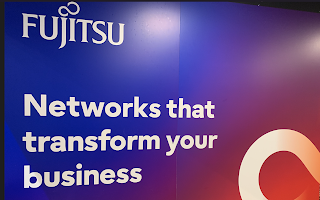Ericsson will divest its IoT Accelerator and Connected Vehicle Cloud businesses to Aeris,
The IoT business, with 2022 full year forecasted net sales of SEK 0.8 billion, has been the key driver of the losses in Business Area Technologies and New Businesses in the Enterprise segment. The transaction will eliminate quarterly losses of SEK 0.25 billion. The divestment, related cost and other portfolio optimizations will lead to a negative one-time EBIT impact of SEK 1.1 billion in Q4 2022, of which 80 percent being cash and the majority occurring in Q1 2023. The IoT business will be transferred to Segment Other in Q1 2023 in anticipation of closing of the transaction, with an expected EBIT loss of SEK 0.25 billion during the first quarter.

Aeris’ Intelligent IoT Network, targeting industry verticals such as transportation, energy, automotive and healthcare, gives communications service providers the opportunity to monetize new services on top of connectivity enabled by the IoT Accelerator. The company, which is based in San Jose, California, has already teamed up with several leading communication service providers including Softbank, AT&T, T-Mobile, and Vodafone, and is also working with leading automotive original equipment manufacturers.
Ericsson IoT Accelerator is used by over 9,000 enterprises to manage more than 95 million connected devices with 22 million eSIM connections globally. These enterprises and connections leverage Ericsson's growing ecosystem of over 35 communications service provider partners for global IoT cellular connectivity. Ericsson Connected Vehicle Cloud is currently being used to connect six million vehicles and counting across 180 countries.
Together, Aeris’ and Ericsson’s IoT platforms will connect over 100 million IoT devices worldwide, covering 190 countries.
Åsa Tamsons, Head of Business Area Technologies & New Businesses at Ericsson, says: “Aeris has been successful in extending its IoT solution offering beyond connectivity and has the right focus, assets, and capabilities to realize the full value creation potential of Ericsson’s IoT business and its strong market presence. Despite significant investments to address the fragmentation of the IoT market, Ericsson has only tapped into a limited part of the value chain, limiting the returns of such investments. The combined business will offer an unparalleled IoT platform for enterprises and new revenue streams for communication service providers, ultimately benefiting Ericsson’s customers. Aeris is a good home for our IoT business.”
Marc Jones, President and CEO of Aeris, says: “Building the best technology to support the success of our customers and drive innovation in the IoT space have always been at the forefront for Aeris. Our intelligent, software defined IoT network and Ericsson’s leading connectivity management platform will provide the leading IoT technology stack in the industry. We look forward to bringing these new, transformational IoT solutions and Ericsson’s IoT Accelerator and Connected Vehicle Cloud products to our customers.”
https://www.ericsson.com/en/press-releases/2022/12/aeris-to-acquire-iot-business-from-ericsson



















